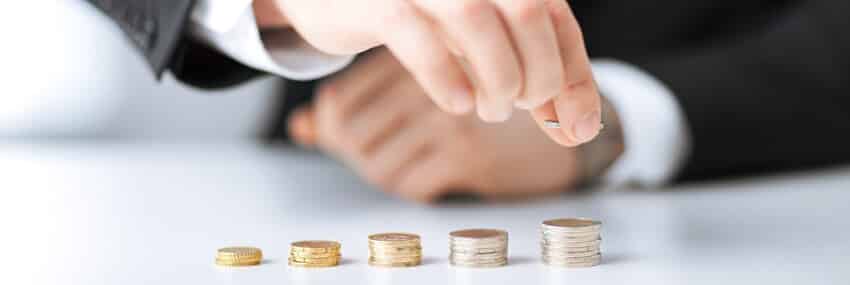It’s nearly 20 years since Income Tax self-assessment came in. It is surprising that even now, some fundamental questions are arising. One such was in the recent Upper Tribunal Judicial Review case of Higgs and concerned time limits for recovery of overpaid tax.
For reasons which were never clear but which are not important, Mr Higgs had not got round to filing a tax return for the year 2006/7. Eventually, in November 2011 he did so. The self-assessment included in his tax return showed that he had overpaid tax for the year by some £27,000. As it happens, the overpayment resulted from his having made large payment on account of his tax liability for the year: but it’s worth noting that the case would have gone the same way if the overpayment had resulted from large amounts of tax having been deducted at source.
HMRC pointed to the time limit in TMA 1970 s34, which sets out the general rule that no assessment to tax may be made later than four years after the end of the tax year concerned. (HMRC may, of course, invoke extended time limits where tax has been carelessly or deliberately understated but those rules were not in point here). In HMRC’s view, s34 applied to “self-assessments” included in a tax return as much as to HMRC assessments: Mr Higgs’ self-assessment was on that basis out of time and no repayment was due.
The Upper Tribunal disagreed with HMRC. A close analysis of the legislation drove one to the conclusion that the s34 time limit was intended to apply only to assessments made by HMRC. There was nothing to stop a taxpayer filing a return and making a self-assessment to tax many years after the end of the tax year concerned: and if that self-assessment showed that tax had been overpaid, the overpayment was automatically repayable.
It is, however, important to understand the limitations of the case.
First, Mr Higgs succeeded on the basis that he was making (for the first time) a self-assessment for the year. There was, the Tribunal found, no time limit within which such a self-assessment had to be made. If, by way of contrast, his 2006/7 tax return and self-assessment had been made at the proper time and if he had subsequently discovered that tax had been overpaid – that is, that the assessment was incorrect – different rules would have applied. Any right to recover tax overpaid would then have been dependent on his making a claim, the time limit for which would have expired on 5 April 2011.
Second, Mr Higgs was making a tax return which he was required to make, having been issued with a notice to file a return in the usual way. He was therefore entitled, indeed obliged, to self-assess his tax liability for the year and it was that self-assessment which led automatically to the repayment. But what if he had not been entitled to make a self-assessment for the year? Now, while it is certainly the case that no-one is required to file a tax return (and make a self-assessment of liability) unless HMRC have issued a “notice to file”, it is curiously unclear whether a person is entitled to do so (in order to demonstrate that tax has been overpaid and to obtain an automatic repayment) in the absence of a “notice to file”. Thus a taxpayer who has not hitherto been required to file a return but who newly discovers that he has overpaid tax for one or more “out of date” years may or may not find that the Higgs case is the answer to a maiden’s prayer.
This is an important case and it contradicts current HMRC practice. Hitherto, unless there has been careless or deliberate understatement of tax liabilities, HMRC have considered a tax year to be finally closed once four years have elapsed. It seems that they will now be forced to change that practice and to recognise that a self-assessment may be made at any time (at least, where a notice to file has been issued, and perhaps also where it hasn’t) with the consequences that follow. For more on this and on re-opening past years generally, please get in touch with your usual BKL contact.


